Spanish
1/57
Earn XP
Description and Tags
Name | Mastery | Learn | Test | Matching | Spaced |
|---|
No study sessions yet.
58 Terms
todo el mundo
everybody
ya es hora de
now is the time to
tener que inf
to have to ____
en fin
in conclusion
el uno al otro
each other
vale la pena
to be worth it
ante todo
especially
valer mas
to be better
por todos lados
everywhere
tal vez
maybe
-as, -áis
-a, -an
-es, -éis
-e, -en
-es, -ís
-e, -en
-o, -asteis
-aste, -aron
-iste, -isteis
-ió, -ieron
-abas, -abais
-aba, -aban
-ías, íais
-ía, -ían
Future Tense -Ar, -Er, Ir
-é, -emos -as, -éis -á, -án (infinitive before)
Conditional Tense -Ar, -Er, -Ir
-ía, -íamos -ías, -íais -ía, -ían (infinitive before)
-es, -éis
-e, -en
-as, -áis
-a, -an
present perfect
tense used to express actions that have occurred at an unspecified time before now; formed with the auxiliary verb "haber" plus the past participle.
present perfect HABER
he, has, ha, hemos, habeis, han
past perfect (pluperfect)
tense used to describe actions that were completed before another action in the past; formed with the auxiliary verb "haber" in the imperfect tense plus the past participle.
past perfect HABER
había, habías, había, habíamos, habíais, habían
future perfect
tense used to express actions that will have been completed before a specified point in the future; formed with the auxiliary verb "haber" in the future tense plus the past participle.
future perfect HABER
habré, habrás, habrá, habremos, habréis, habrán
conditional perfect HABER
habría, habrías, habría, habríamos, habríais, habrían
conditional perfect
a verb tense used to express actions that would have been completed if a certain condition had been met; formed with the auxiliary verb "haber" in the conditional tense plus the past participle.
past pariciple AR
-ado
past particple -ER, -IR
-ido
si clause type one
SI + present indictive + future indicative
si clause type two
SI + imperfect subjunctive + conditional
si clause type three
Si + pluperfect subjunctive + past conditional
imperfect subjunctive (3rd person preterite)
-ra, -ras, -ra, ramos, rais, ran

articulo

diario
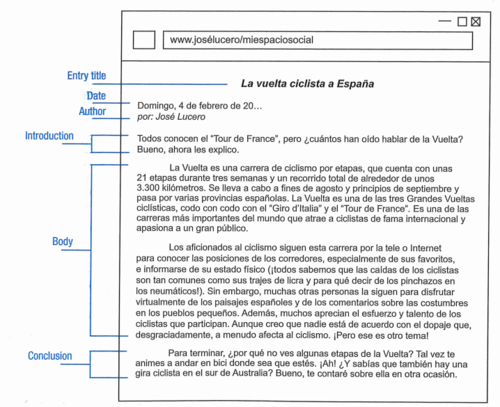
blog
Web address (www.quizlet.com)
-Title of the blog
-Quicklinks at the top (like inicio or home, fotos or photos, and videos)
-Title of the entry you are writing
-Escrito por (a name)
-The date and time written
-Write a comment at the end with the username/email of the person, the time they wrote it, the date they wrote it
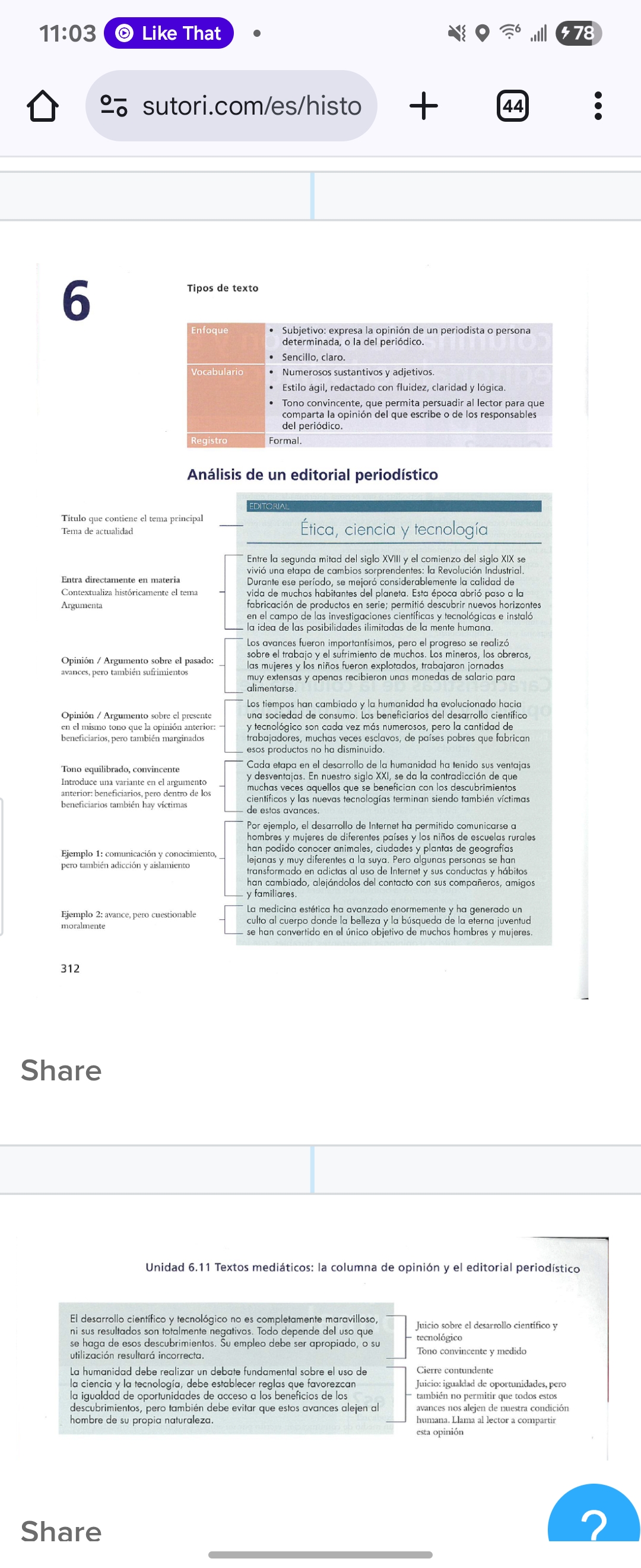
columa de opinion
Name of the magazine(middle of page)
2. Date(right of page)
3. Title(Middle of page)
4. Author(left side of page)
5. Introduction(introduce topic to the audience)
6. Body(three separate paragraphs, developing your ideas)
7. Conclusion(leaves the readers with something to think about, and sums up your ideas)
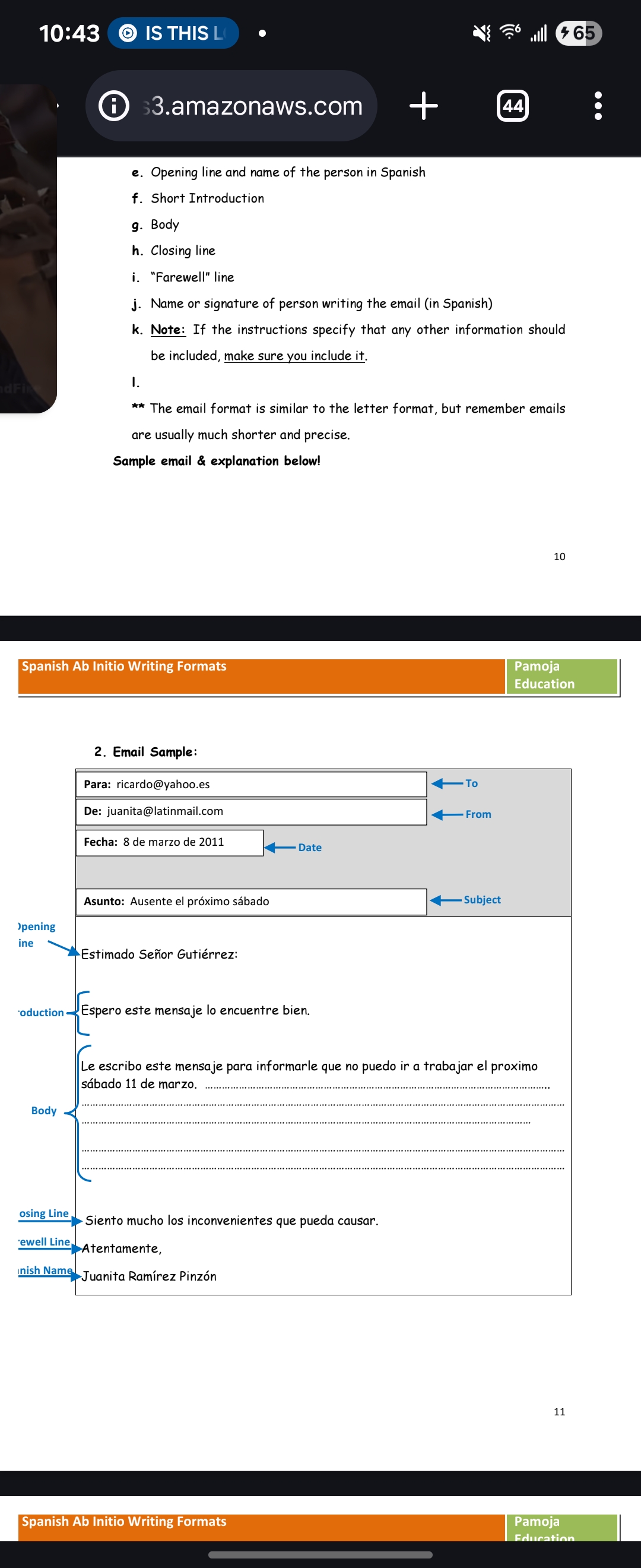
correo electronico (formal)
Email address of the receiver (in Spanish)
b. Email address of the sender (in Spanish)
c. Subject (in Spanish and relevant to the task)
d. Date, if you are asked to include it (in Spanish format: 8 de marzo de
2011)
e. Opening line and name of the person in Spanish
f. Short Introduction
g. Body
h. Closing line
i. “Farewell” line
j. Name or signature of person writing the email (in Spanish)
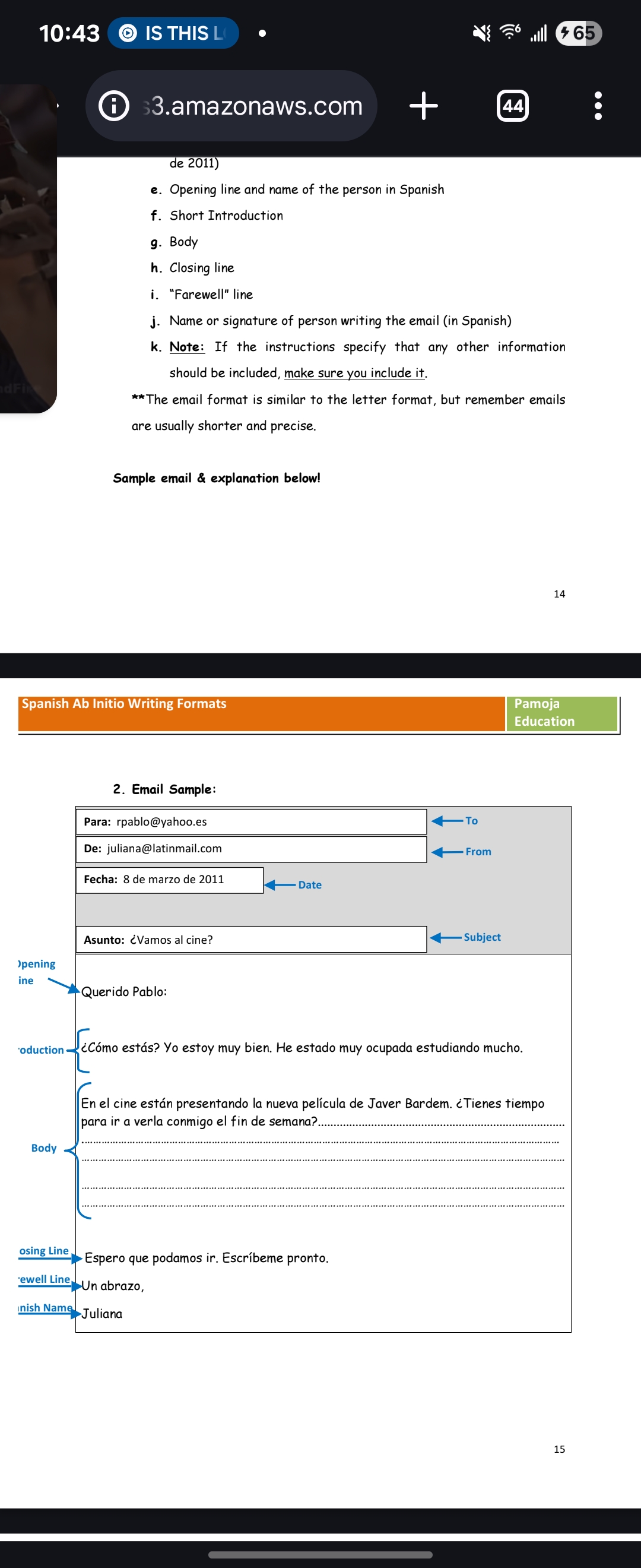
correo electronico (informal)
Email address of the receiver (in Spanish)
b. Email address of the sender (in Spanish)
c. Subject (in Spanish and relevant to the task)
d. Date, if you are asked to include it (in Spanish format: 8 de marzo
de 2011)
e. Opening line and name of the person in Spanish
f. Short Introduction
g. Body
h. Closing line
i. “Farewell” line
j. Name or signature of person writing the email (in Spanish)
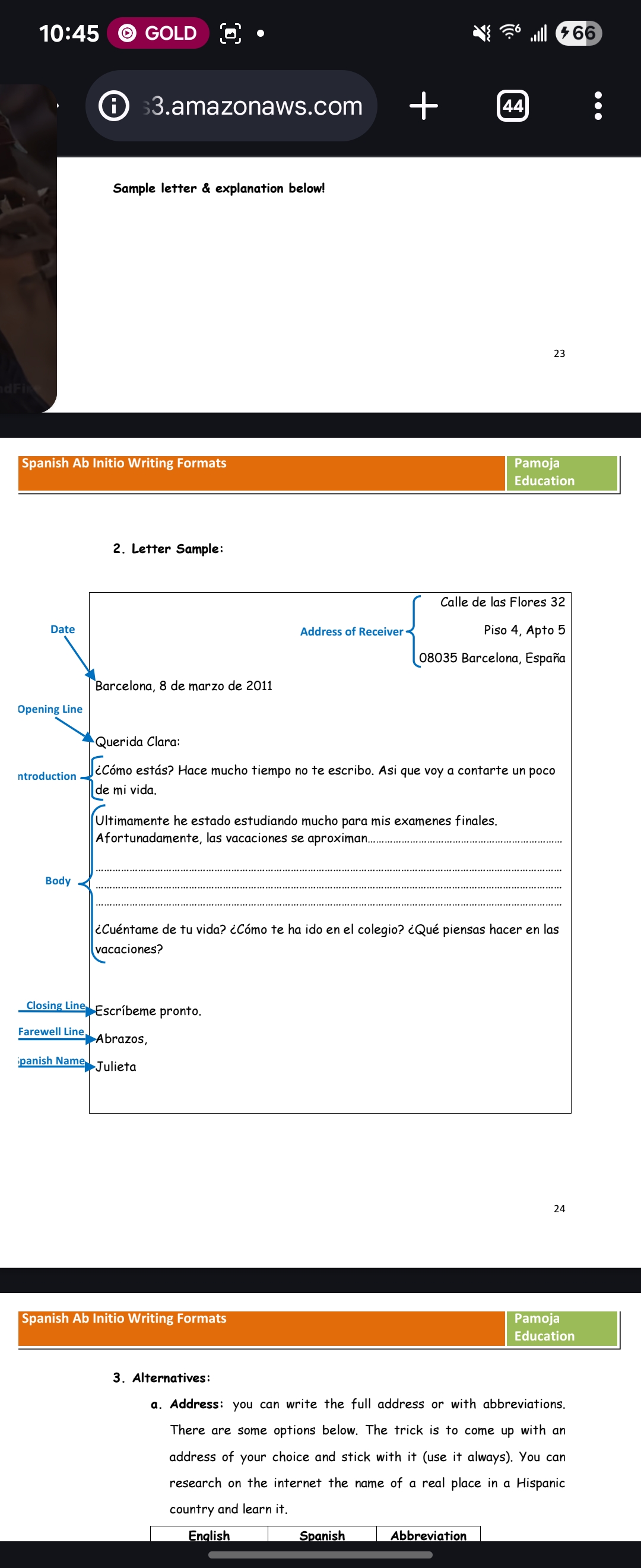
carta (informal)
City and date (Madrid, 19 de agosto de 2012)
-A greeting (Querida hermana, ¿qué tal estás? o ¿comó está la familia?)
-Write a question to prove you know your audience (Amigo, ¿te recuerdas cuando...?)
-A farewell (Un beso, un abrazo, tu mejor amiga,)
-P.D. = P.S in english.; extra information to add or a request
-use tú
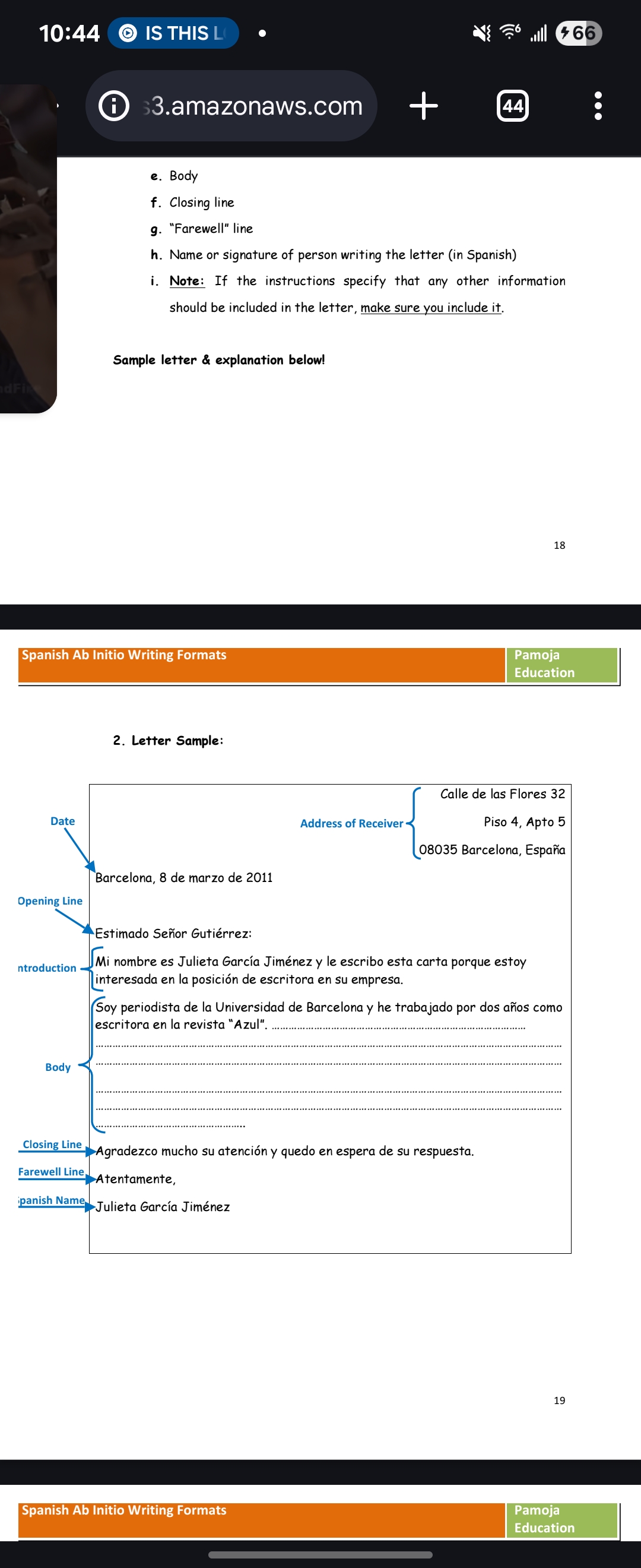
carta (formal)
-City and date (Madrid, 19 de agosto de 2012)
-Who is receiving the letter, their position, address, city, and zip code. Each of these goes on different lines at the start
-A greeting (estimado sr. _____ or estimado director ____; muy señor mío if you are unsure who you are writing to)
-In the introduction write "espero que se encuentre bien) and talk about who you are. Also write "el motivo de mi carta es..."
- In the conclusion write "esperando su repuesta"
-Finish with Atentamente (a name)
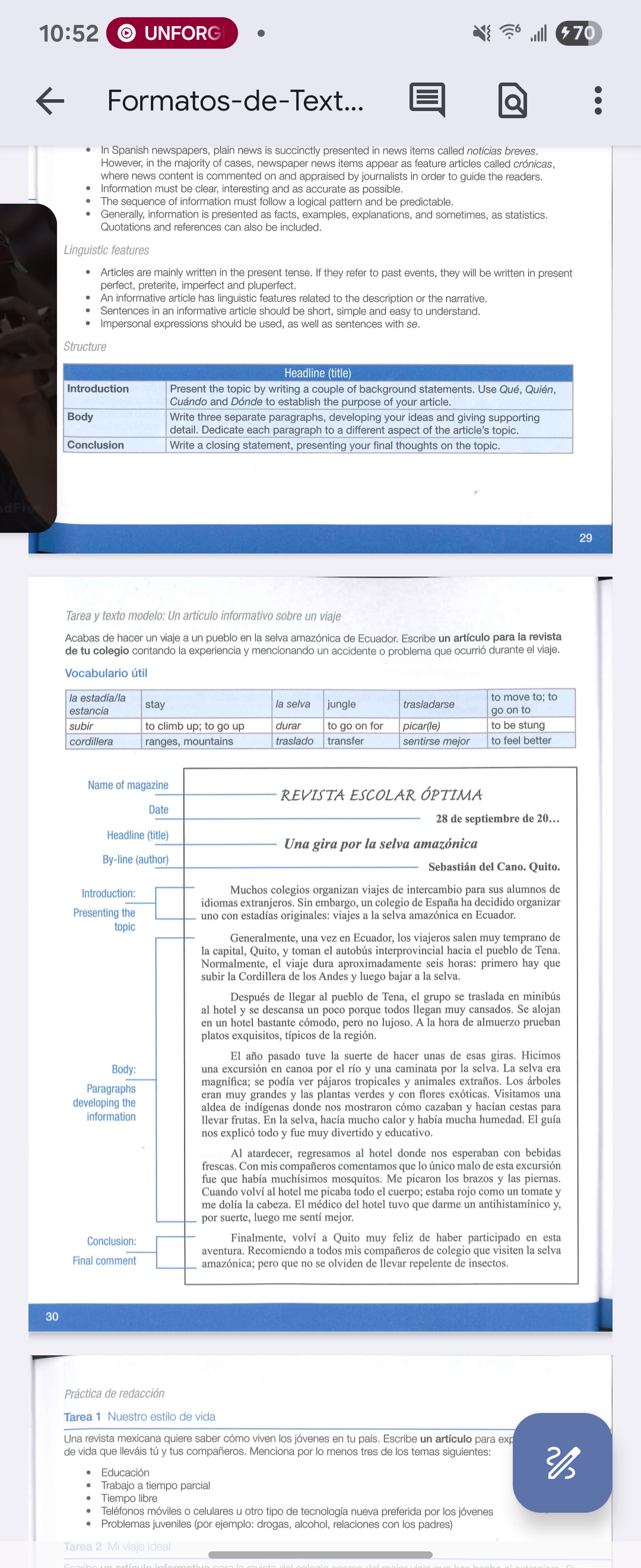
cronico de noticias
name of magazine
- date
- title, author
- source
- photo related with subject
- informative and objective info
- subjective commentary
instrucciones
title reflects objective, brief introduction
- list of ideas
- use of imperative, specific vocab
- image that helps the message, -brief conclusion

discurso
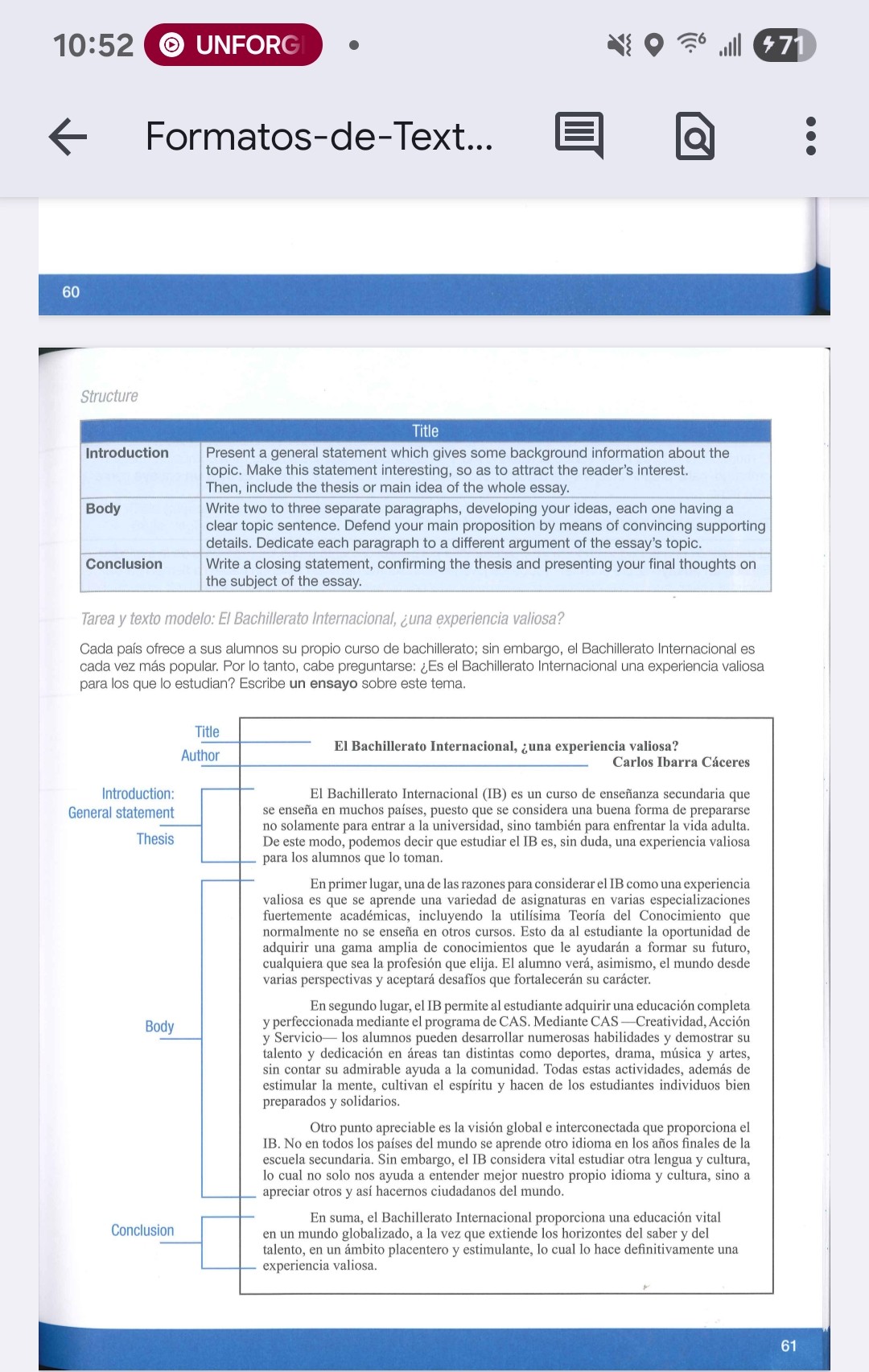
ensayo
title and name of author
- intro
- optional photo
- use of transitions
- development
- conclusion

entrevista
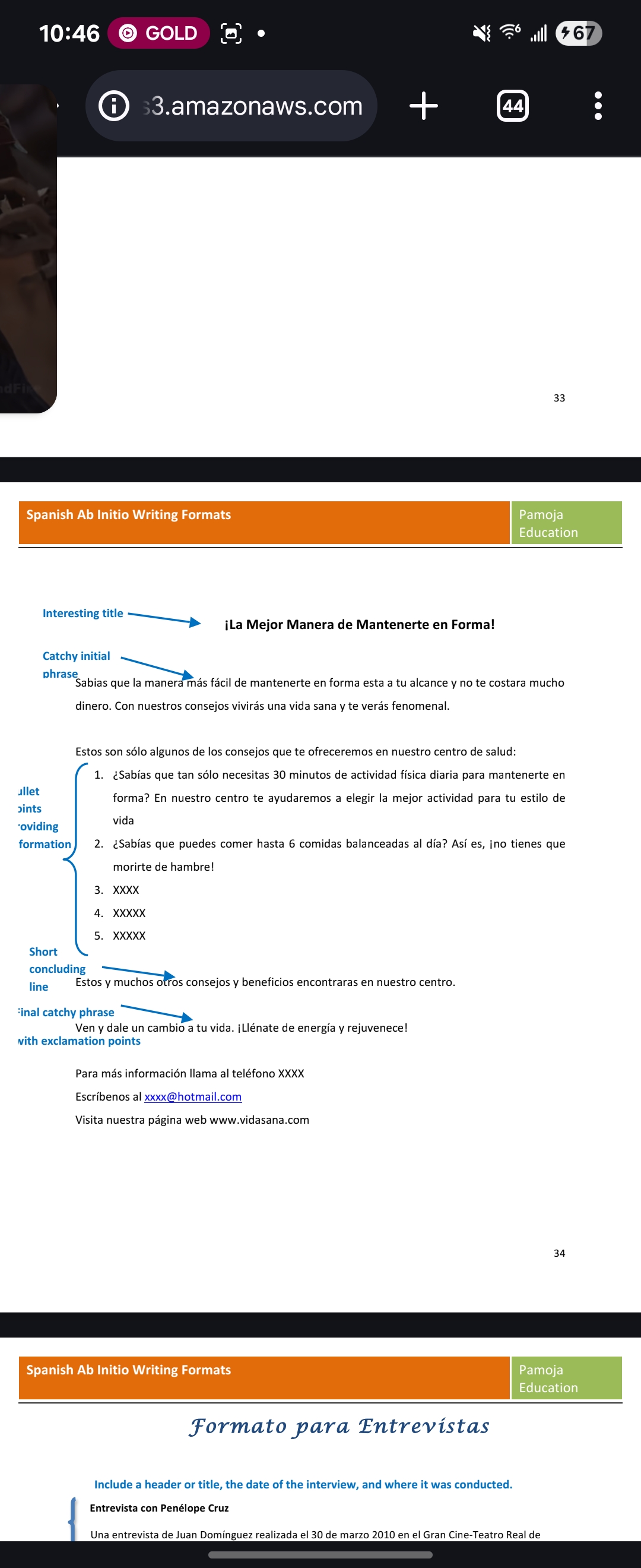
folleto
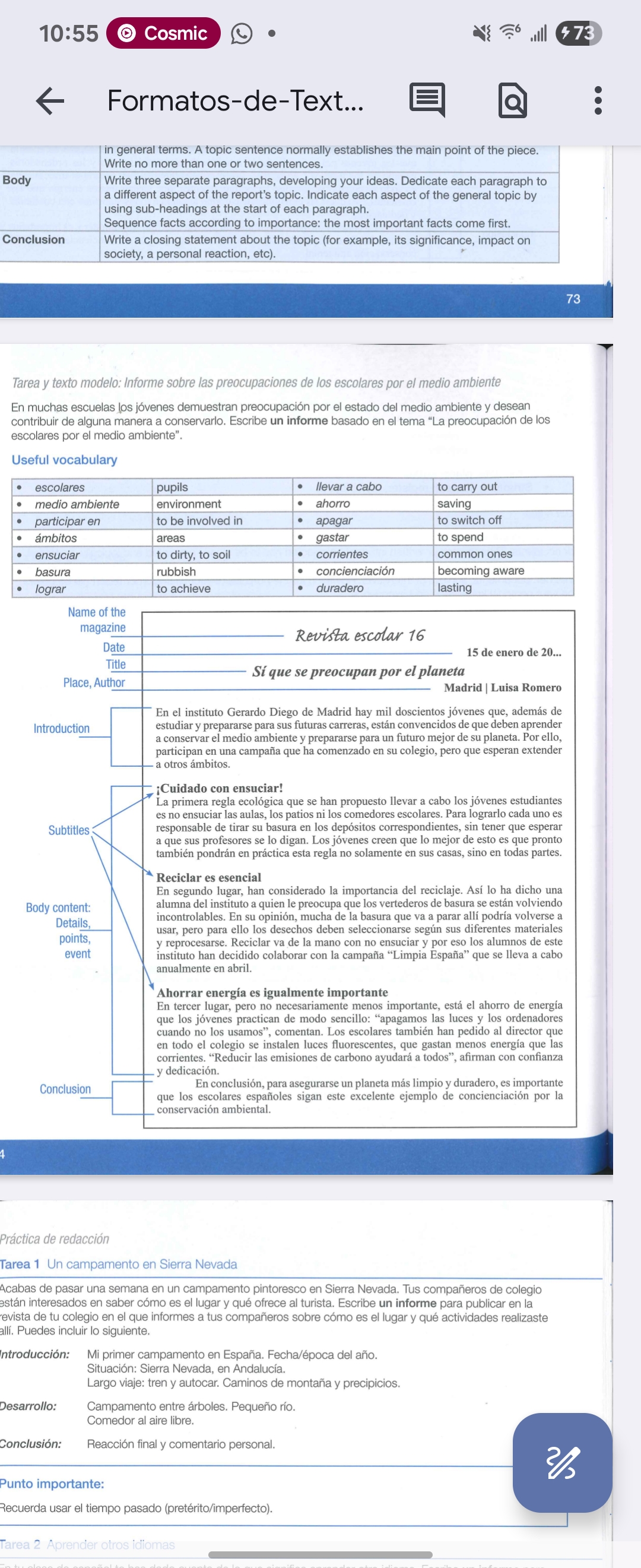
informe
answer:
- who
- what
- when
- where
- how
author , title, date, introductions, body, conclusion , statistics, facts
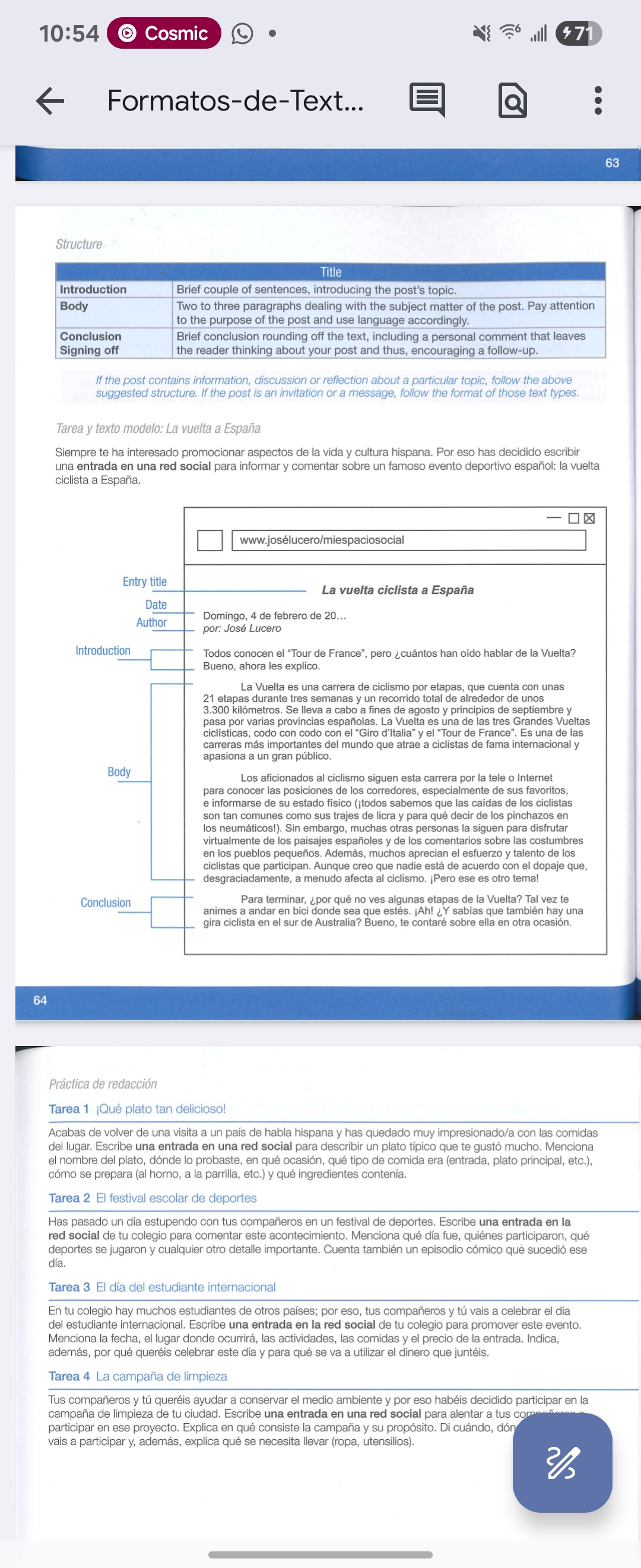
publicacion en medios sociales o foros
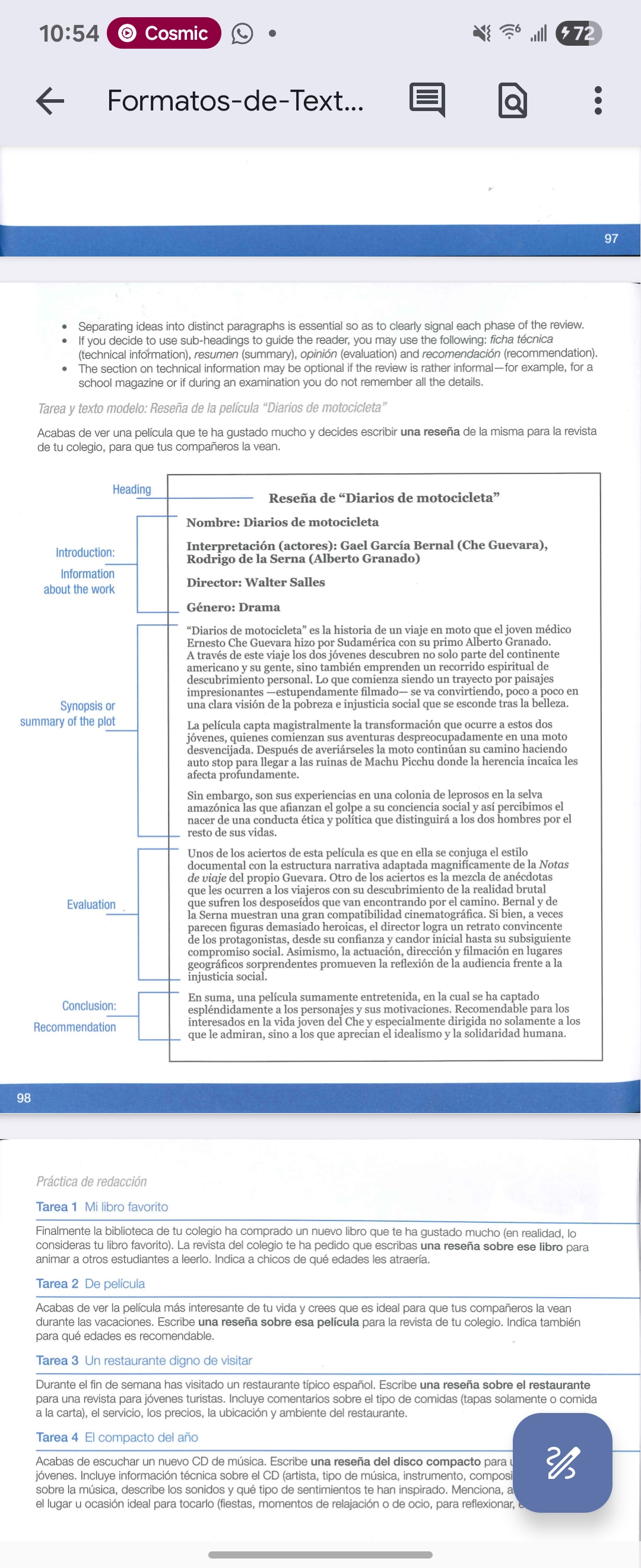
resena
title
- subtitle with description of movie theme
- date
- author
- technical information about movie
- final and personal thoughts of writer
- info about director
- analysis of plot and actors of movie
- personal opinion